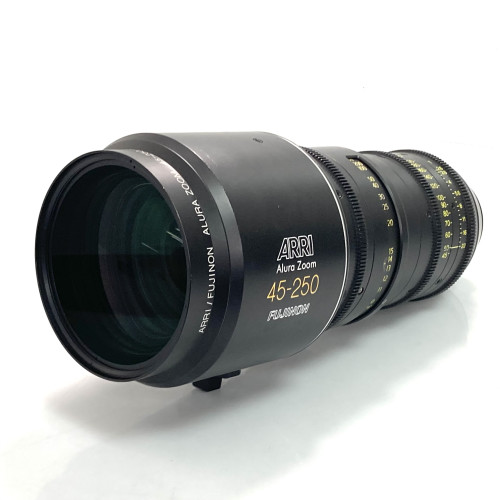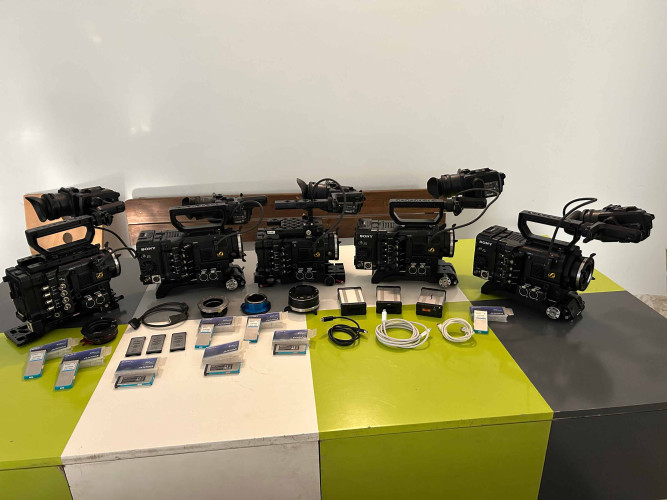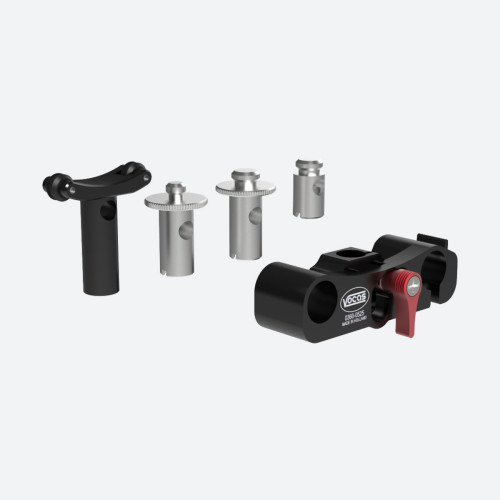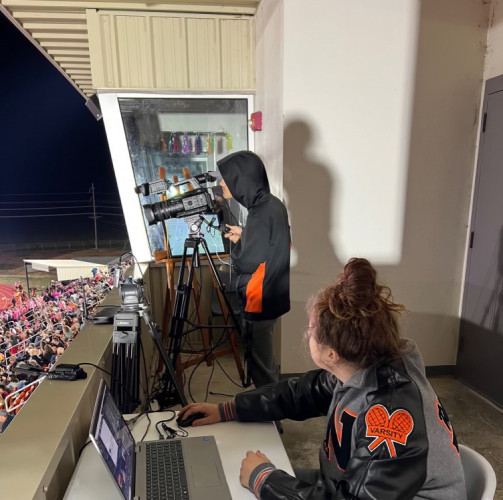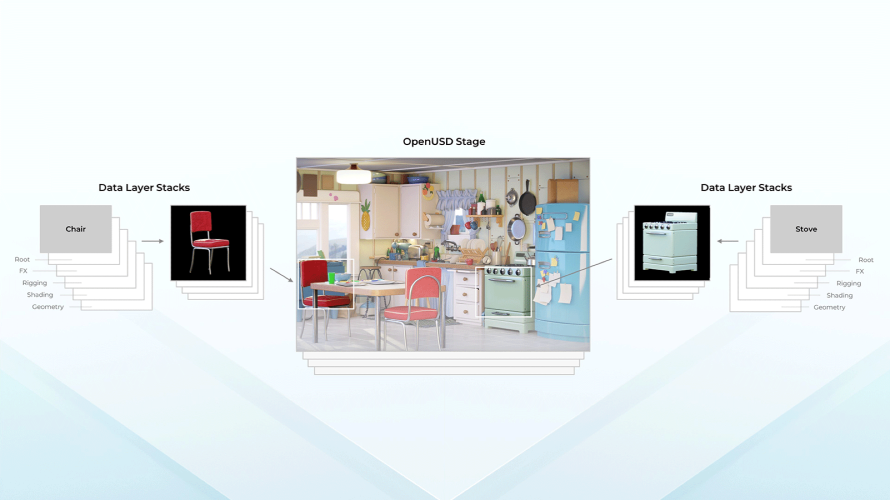4KTV – The next bigger thing?
The history of 4K digital moving images goes way back to the mid 1990s. That was when film effects started to be processed digitally and produced amazing results – maybe a bit too amazing for some. Of course the effects had to be seamless and so the digitised effects images had to carry all the required detail of the 35mm film. Without going into detail Kodak maintained that this required at least a 4K image, while Quantel, busy in the effects equipment market, felt that 3K did the job. Ever since then the idea of 4K has been somewhat on the back burner for the TV industry. Its attention was on HD. Meanwhile Digital Cinema took off in 2005 when the DCI published its recommendations that included two digital image sizes, 2K (2048x1080 at 24 and 48Hz) and 4K (4096x2160 at 24Hz only).
The TV and movie industries both provide audiovisual entertainment but, in many ways, they are worlds apart – especially when it comes to change. For example it took only seven years from publishing the DCI standard for half of the world’s cinemas to be digital. There’s a very simple reason for this; there are over 1.4 trillion TV sets, mostly in people’s homes and privately owned, while there are only something in the reign of 100,000 to 150,000 cinemas – roughly a ratio of 1:10,000 to TVs. The mass consumer TV market changes far more slowly than cinema. TV has only just got HD well and truly up and running, with stereo 3D being the only significant format change since – and one reason given for its sluggish uptake was HD drag; consumers were not willing to ditch their still-new HD TVs just to get 3D. Meanwhile a large number of digital cinemas have been able to present 3D movies, and some 4K movies, for a number of years now. Of course this is good for cinemas as they are keeping a considerable edge over the TV experience. The cinema production and distribution workflow for 4K operates well.
TV is a very different market to cinema and it is far from clear exactly how 4KTV(1) can become as big a player, or even displace, HD. In the TV industry there is no suitable mass consumer delivery system and no affordable screens to display it and make it work for the potential 1.4 trillion viewers. In short, the fact is that 4KTV camera output lacks a consumer market, no screens, no transmission... So why is there suddenly all the fuss about 4KTV?
Well, in the last few months, 4KTV has been moving forward – especially on the camera front. What really caught the industry’s attention was the launch this year at CES, and then NAB, of the JVC GY-HMQ10 4K (3840x2160) camcorder, that runs at 24p, 30p and 60p frame rates using a 1/2.3-inch CMOS sensor at 8.2M pixels, a pixel-to-pixel rendering of 4K – offered at a price under $5k. Interestingly the images are divided into four 1080 HD frames for handling in the camera and its four on-board SD card recorders. MPEG-4 AVC/H.264 compression is applied to each stream making a total recording 60, 50 or 24fps progressive at 144Mbps recording onto four SDHC or SDXC cards. I make that 36 Mbps per HD channel... which starts me thinking of quality. Surely 4K is all about picture quality. Also it’s no good having shaky handheld 4K camcorder as it would make very uncomfortable viewing on the necessarily big screen. Then there’s the lens; can it resolve 4K? Many comments from CES were not positive. The Gizmodo reporter pointed out that consumers don’t have the screens it see 4KTV so the only users might be those that could not afford a RED or other professional 4K cameras.
Canon’s EOS C500 looks like a better attempt at a 4K TV/cinema camera – at a more serious price of around £20,000. For output you can select DCI (ie movie) (SMPTE 2048-1:2011 standard) or ‘television-centric’ Quad-HD (SMPTE 2036-1:2009 and ITU-R BT.1769 standards). On paper this should be able to deliver the image quality that 4KTV deserves. Similarly FOR-A’s new FT-ONE super slowmo camera offers both cine and TV 4K formats and records action at up to 1,000fps.
There are many more 4KTV camera models on offer – maybe more than there are 4KTV screens to see the pictures! However this end of the market is just coming alive with the LG 84LM960V 84-inch panel, which also offers passive 3D viewing – available soon – receiving a lot of attention at the shows. Cost now is quoted as over £10k + VAT... so this is not going to set the 4KTV consumer market on fire! But then that’s around the price panel screens were about 12 years ago. Can we wait that long? Other 4KTV screens are becoming available too. The point is to see the resolution of 4KTV you need to have a very big screen watched the same viewing distance as for HD. Then you can see the 4KTV detail. However Panasonic has produced a 20-inch 4KTV screen. The 4K2K IPS Alpha Panel appears to be a bit of a breakthrough but you would have to sit really close to this one to appreciate all the available picture detail. It means that you could watch a big picture in a relatively small room.
There is more serious action in the USA where Consumer Electronics Association has announced the formation of a 4K working group. The CEA 4K Working Group is intended for manufacturers, retailers and content providers to help push forward 4K technologies and educate consumers.
Meanwhile in Europe, where we usually try to walk before running, there is serious work afoot to establish a viable 4KTV compression scheme and generally ‘how to make 4K workflows and distribution a reality’. The just-started three-year 4EVER project (www.4ever-project.com) is supported by the French government and many leading manufacturers research labs including Doremi, the world’s biggest supplier of DCI digital cinema players, ATEME and many others. Jerome Vieron, ATEME research manager, says that the member companies believe that 4K-quality signals will be able to be distributed at bitrates as low as 13 Mbps using High-Efficiency Video Coding (HEVC). This seems incredible so don’t miss Mr Vieron’s paper at IBC! At that rate we could almost squeeze two 4KTV channels onto one UK DTT multiplex. I hope we do not end up with small detail ruined by compression – compromising the whole point of the format.
Despite all the products and industry efforts I am still wondering why 4KTV is here, or aiming to be here. Maybe the Japanese have the answer. They have a saying “One thousand-mile march starts with first step.” Yes, you have to start somewhere and it looks as if the camera is that first step, but somehow it also looks like the answer to the question that no one asked. My view is that 4KTV has come about because it is a halfway house between 1080 HD and SHV (Super Hi-Vision, AKA UHDTV) – the amazing 8K video and 22.2 sound system that escaped from the NHK labs (where HD came from) and was first seen in the western world at NAB 2006. The 76804320 SHV picture is a 4-by-4 version of 1080p HD, and at the recommended viewing distance of 0.75H (picture width) the audience is immersed with a 100-degree viewing angle. As a halfway house, is 4KTV worth the effort? Is it different enough from 1080 HD to attract an army of consumers into the stores? Although it is technically easier to achieve than SHV, it still has a long way to go before all the necessary standards are fixed and product is available. And by then SHV will have moved closer to public availability.
Note 1: 4KTV is shorthand for 2x 1920x1080 (HDTV), ie 3840x2160 and seems to be the popular choice for television applications. This is slightly smaller that 4K that is used in digital cinemas, which is 2x 2048x1080 (2K), ie 4096x2160. This only refers to image size. There are also likely to be many other differences including colorspace, sampling, etc.




